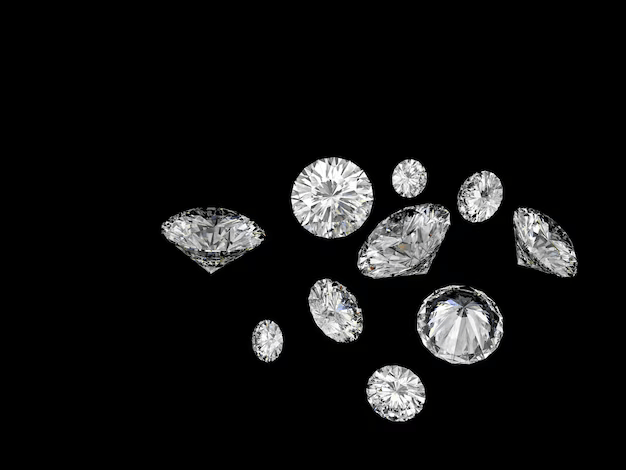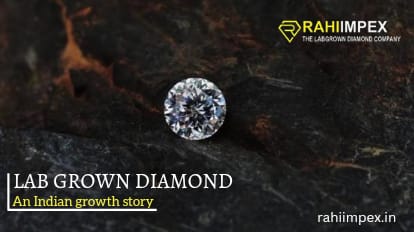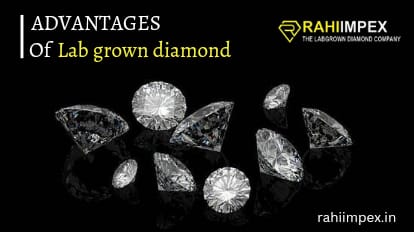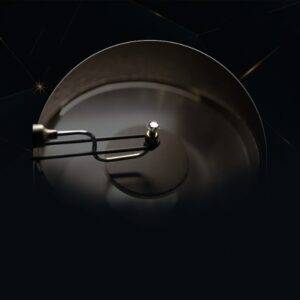The popularity of lab-grown diamonds has increased significantly in recent years as more people become aware of their benefits. However, some people are still confused about the difference between lab-grown diamonds and diamond simulants. In this article, we’ll clarify the distinctions between the two and explain why it’s important to choose a reputable manufacturer when buying lab-grown diamonds or CVD diamonds in India.
Lab-Grown Diamonds
Lab-grown diamonds are created in a laboratory using advanced technology that simulates the conditions found in the Earth’s mantle, where natural diamonds form. They are made of the same chemical composition as natural diamonds and have identical physical and optical properties. The only difference is that lab-grown diamonds are created in a few weeks or months, while natural diamonds take billions of years to form.
Lab-grown diamonds are produced using two main methods: high-pressure high temperature (HPHT) and chemical vapor deposition (CVD). HPHT diamonds are made by mimicking the high pressure and temperature conditions found in the Earth’s mantle. CVD diamonds are created by using a process that involves carbon-rich gas being heated in a vacuum chamber to form a diamond on a substrate.
Lab-Grown Diamond Manufacturers
When purchasing lab-grown diamonds, it’s important to choose a reputable lab-grown diamond manufacturer that adheres to strict quality control standards. Look for a manufacturer who has a good reputation and a history of producing high-quality lab-grown diamonds. In India, there are several reputable manufacturers of lab-grown diamonds and CVD diamonds.
Diamond Simulants
Diamond simulants are materials that look like diamonds but have different physical and optical properties. The most common diamond simulant is cubic zirconia (CZ), which is a synthetic material made from zirconium dioxide. CZ is mwuch cheaper than diamonds and has a higher dispersion (fire), but it is also less durable and scratches more easily.
Other diamond simulants include moissanite, white sapphire, and glass. Moissanite is a naturally occurring mineral that is sometimes used as a diamond simulant because it has a high refractive index and looks similar to diamonds. White sapphire is a natural gemstone that is often used as a diamond simulant because of its high hardness and transparency. Glass is sometimes used as a diamond simulant because it is cheap and easy to produce.
Choosing a Manufacturer
When buying lab-grown diamonds or CVD diamonds in India, it’s important to choose a manufacturer who produces high-quality stones. Look for a manufacturer who has a good reputation and a history of producing excellent lab-grown diamonds. You should also consider the manufacturer’s production process, quality control standards, and pricing.
In Conclusion
Lab-grown diamonds and diamond simulants may look similar at first glance, but they are fundamentally different. Lab-grown diamonds are made of the same chemical composition as natural diamonds and have identical physical and optical properties. Diamond simulants, on the other hand, are materials that look like diamonds but have different properties. When buying lab-grown diamonds or CVD diamonds, it’s important to choose a reputable manufacturer that produces high-quality stones.






